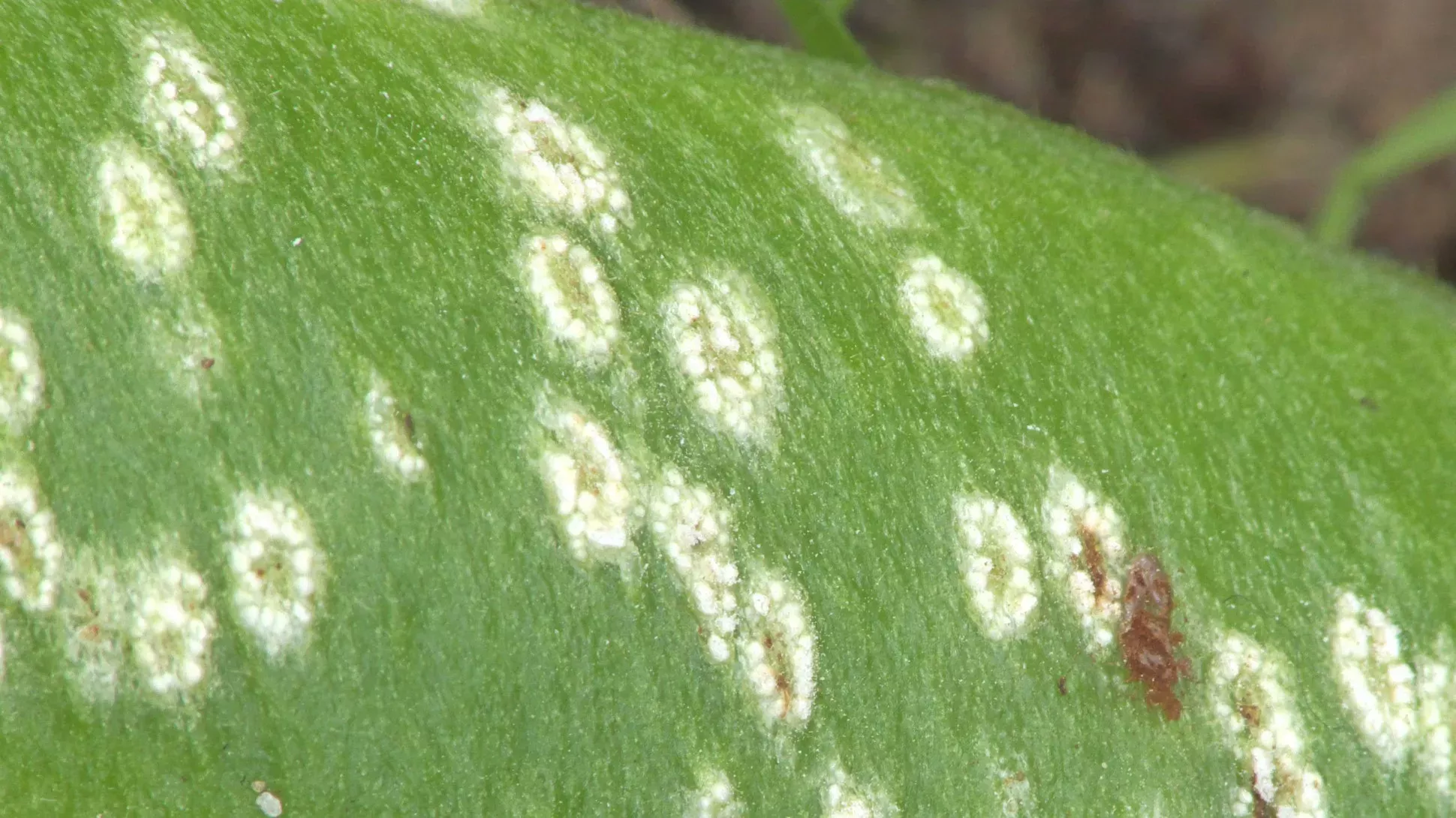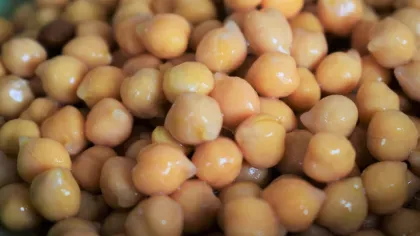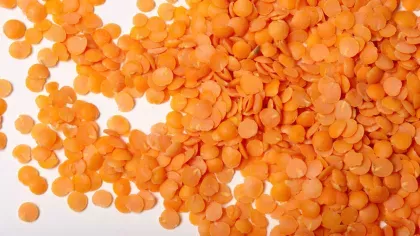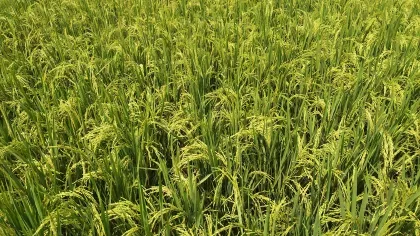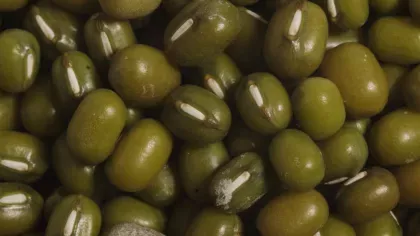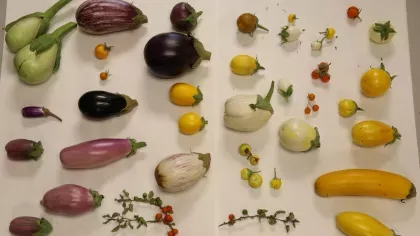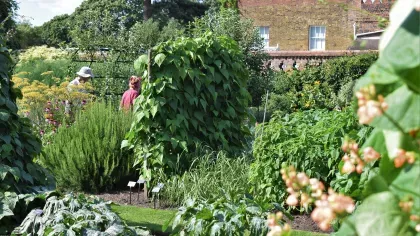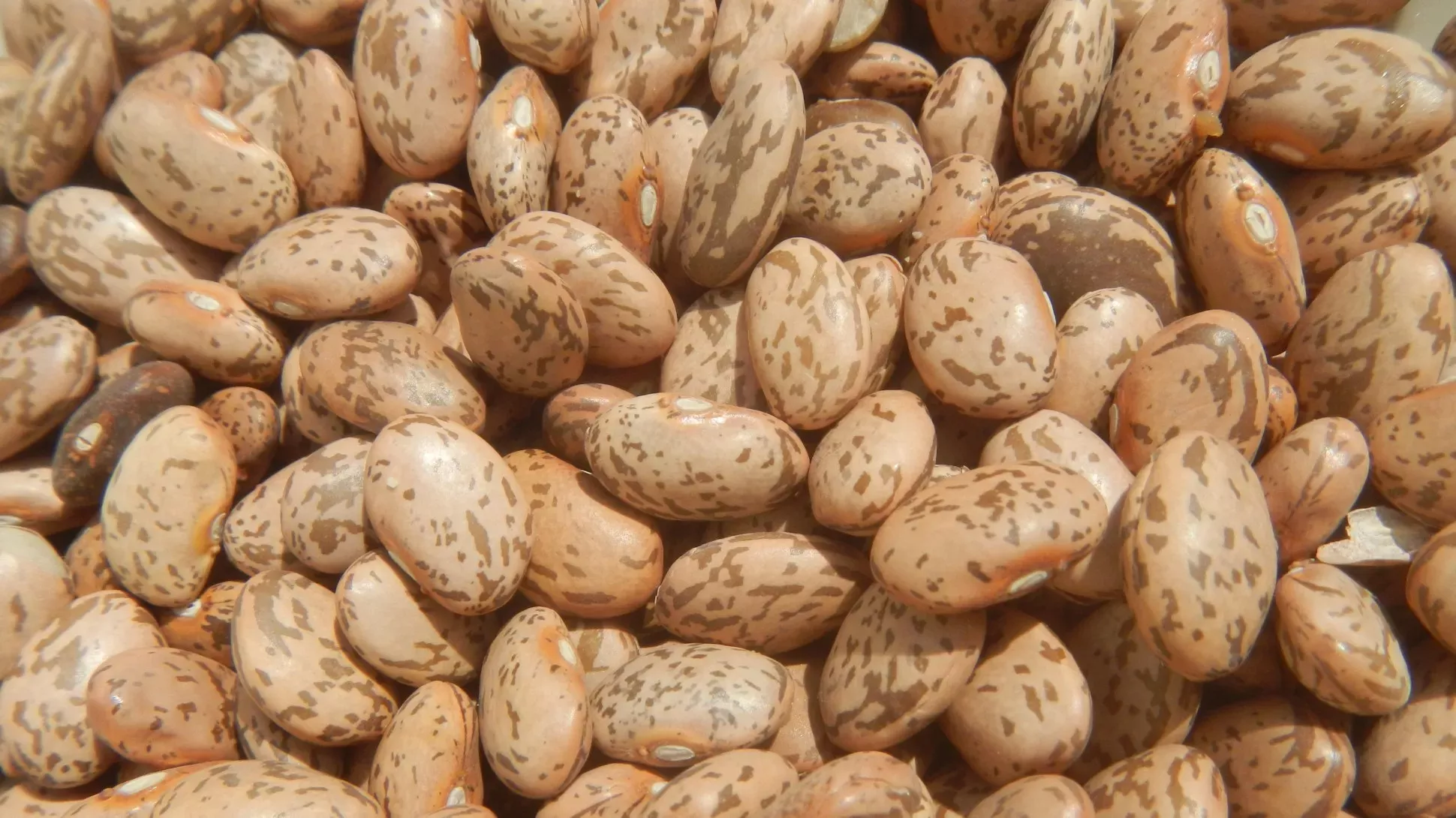
Common bean
On this page
The kidney bean, the pinto bean and even the mighty baked bean: all from one species known as Phaseolus vulgaris, or the common bean.
A versatile ingredient that’s rich in protein, beans are a key component in countless dishes all over the world.
The common bean was likely first domesticated over 8000 years ago somewhere in Central America, where it continues to be popular today.
With their small carbon footprint and rich nutrient profile, beans are of particular interest to researchers as an alternative protein to meats.
In 2020, global production of dried beans was over 27.5 million tonnes, with almost 20% of this production coming from India.
Plant description
The common bean has a large number of varieties, so can vary in appearance. Generally, it is an annual herb up to 3m long which either grows across the ground, climbs up supports or is a bush or shrub. The leaves are made up of three rounded leaflets and grow alternately along the stem. The flowers are white, pale purple or red-purple and look like butterflies (known as being papilionaceous). The fruit is a long pod up to 20cm long which can be green, yellow, red or purple, and contains up to 12 seeds. The seeds are up to 2cm long and can be a variety of shapes, including rounded, kidney-shaped or oblong. Colours include black, brown, yellow and red, which can be solid, speckled or flecked.
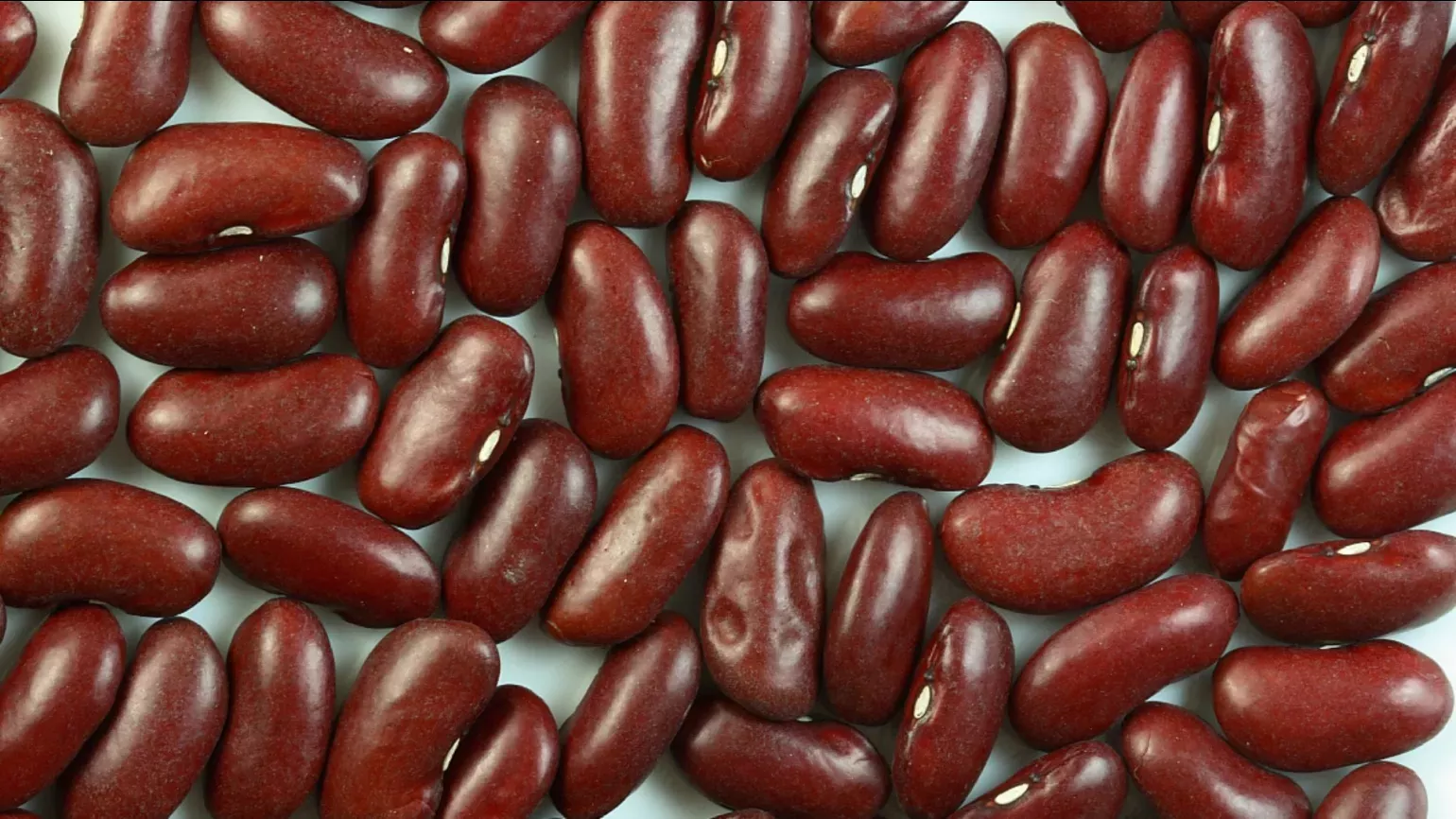
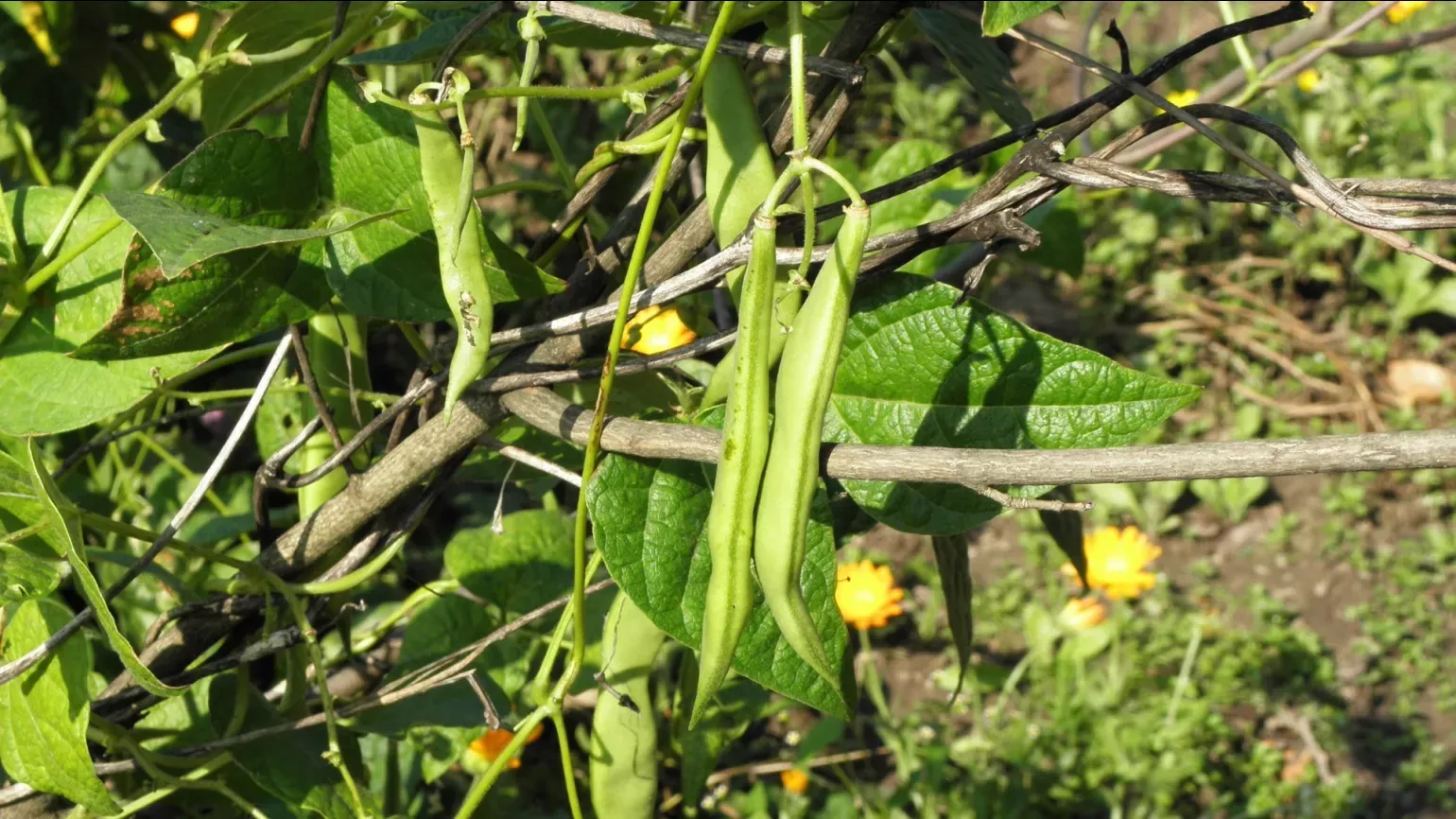
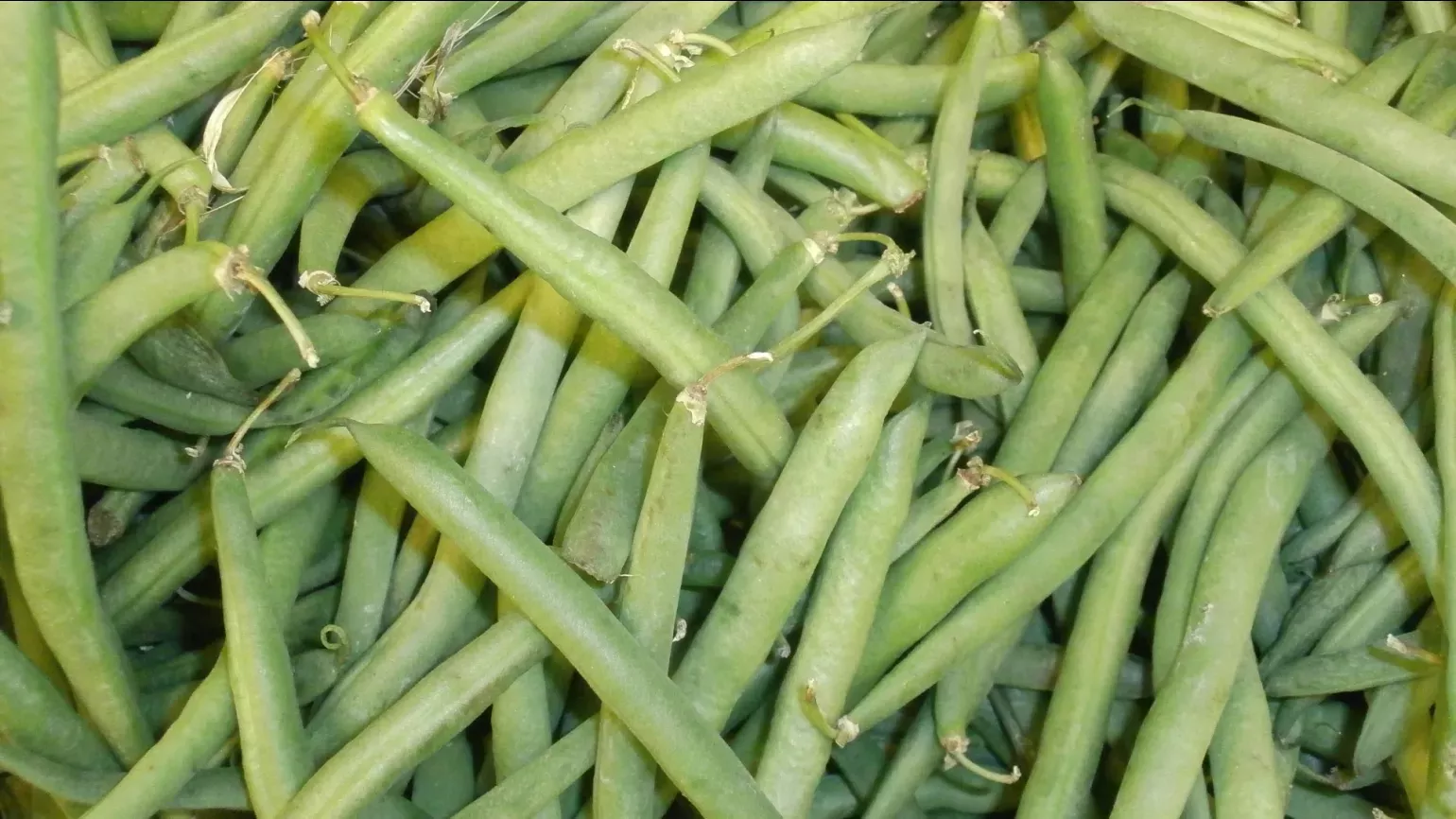
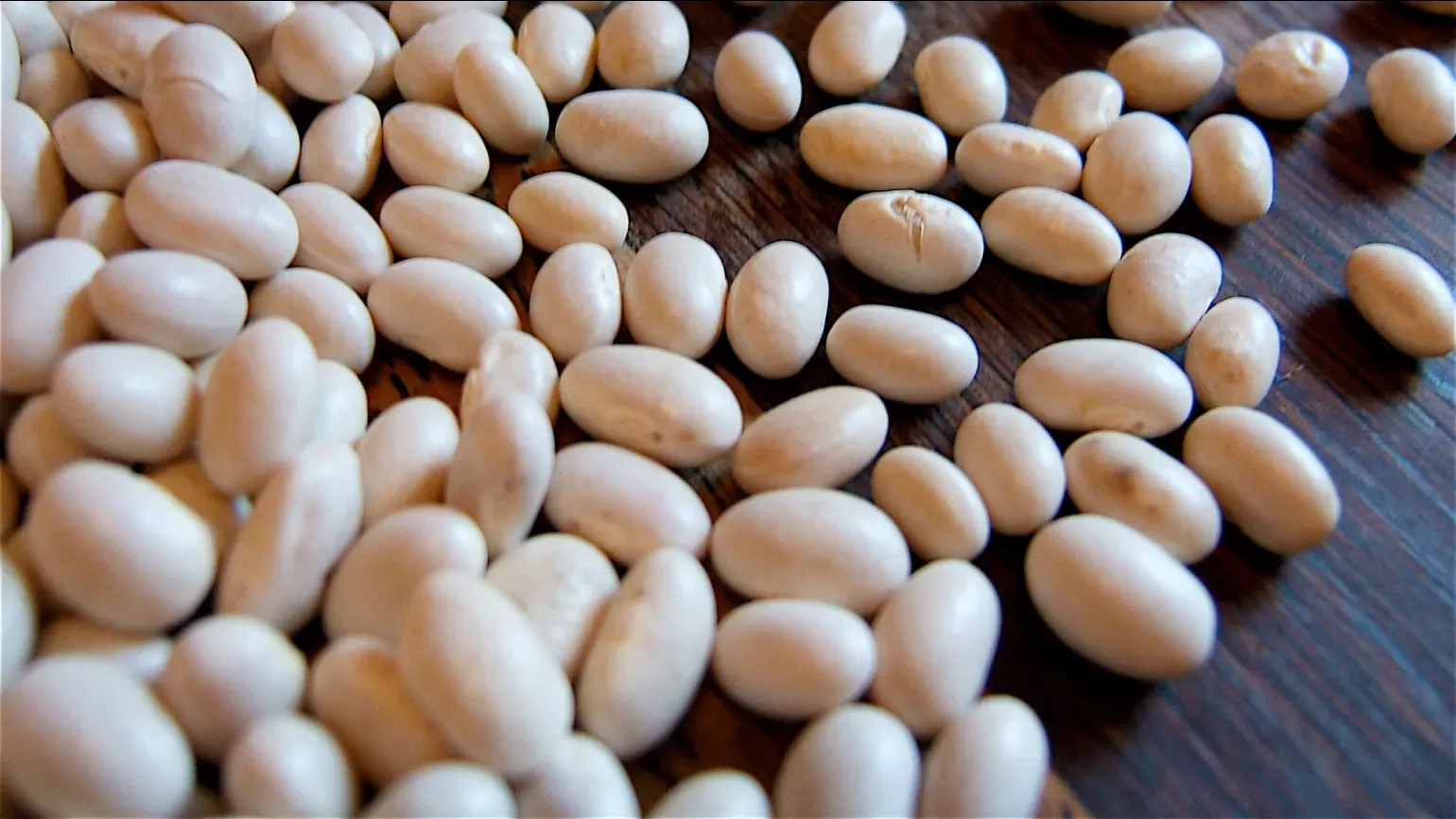
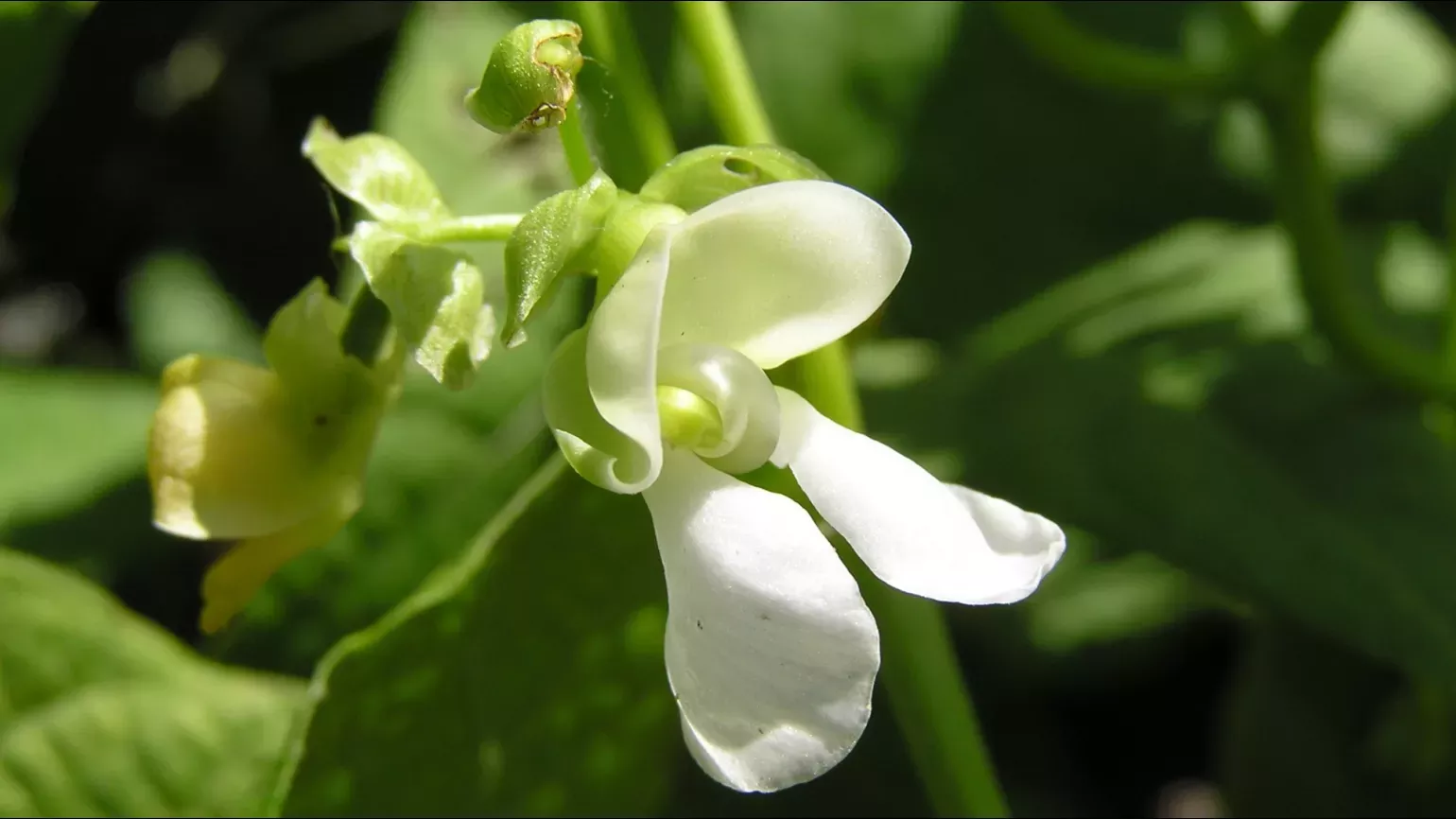
Plant uses
Cultural
Beans are thrown on the ground and their patterns analysed to predict the future in a practice known as favomancy, previously common in Russia and Eastern European countries.
Food and drink
Varieties of the common bean include kidney beans, pinto beans and haricot beans, the last of which is commonly used in baked beans.
The dry mature seed are mostly eaten as a pulse and the immature pods and seeds as a vegetable.
In tropical Africa, the seeds are boiled with seasoning and oil, as well as being mashed or made into soup.
The young leaves can be cooked and eaten as a vegetable, but most common varieties have tough leaves that do not make them a popular choice outside of famine conditions.
In Java, the young leaves of the plant are eaten as a salad.
In temperate regions, the common bean is more often harvested for its immature seed pods, known as French or green beans. These are eaten raw, boiled, steam-fried or pickled.
Health
Common beans have good levels of protein and iron, with numerous varieties having moderate levels of vitamins.
Commons beans need to be cooked before eating to remove lectins, antinutrients which can cause nausea, diarrhea and vomiting if eaten in high enough quantities.
Materials and fuels
Common bean plants are often used as feed for farm animals.
Did you know?
Alongside well-known varieties of beans like kidney and pinto, others include ‘Rattlesnake’, ‘Dragon tongue’ and ‘Cranberry’.
The common bean is one of the ‘Three Sisters’, crops traditionally planted together by Indigenous Peoples of North America, along with winter squash (Cucurbita species) and maize (Zea mays subsp. mays), which work together as companion crops to improve yield and nutritional value.
Where in the world?
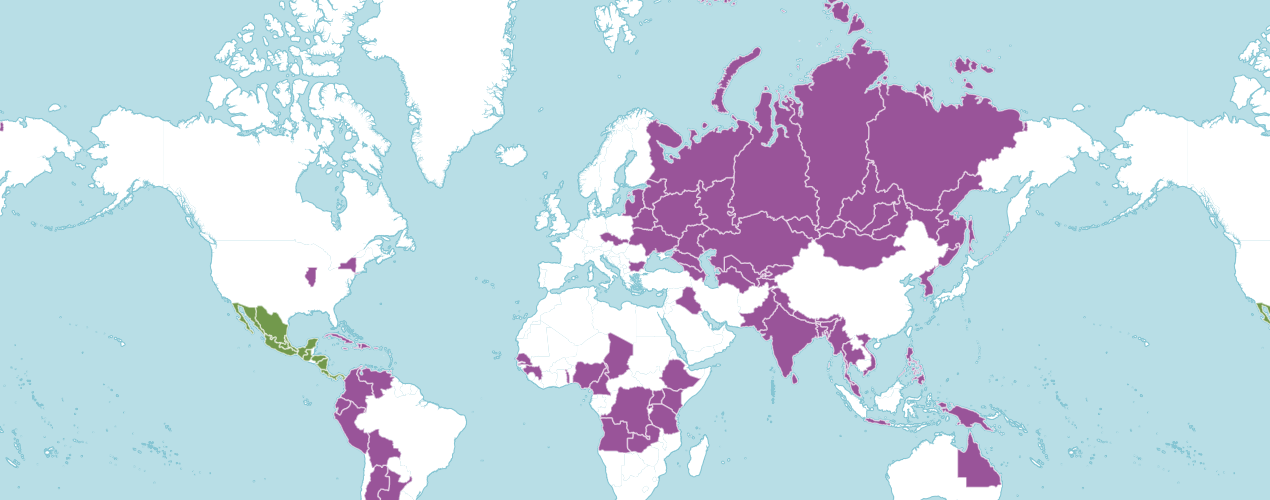
Temperate, semitropical and tropical regions, in a variety of well-draining soils
Find it in our gardens
Kew Gardens
A botanic garden in southwest London with the world’s most diverse living plant collection.
Location
Edible Science: Kew's Kitchen Garden
View map of Kew GardensBest time to see
Our work
Kew scientists have been working alongside the Global Crop Diversity Trust on a global project which has involved collecting seeds from the wild relatives of the common bean, along with wild relatives from 28 other key food crops, and storing them in our Millennium Seed Bank to conserve them for future generations.
Common beans are susceptible to a range of threats, such as various moth larvae and bean rust (Uromyces appendiculatus). As these pest diseases evolve, diversity in bean crops is key to maintaining food security.
The greatest source of genetic diversity comes from crop wild relatives, which can be used in breeding programmes to protect the crop against disease and environmental stress.
